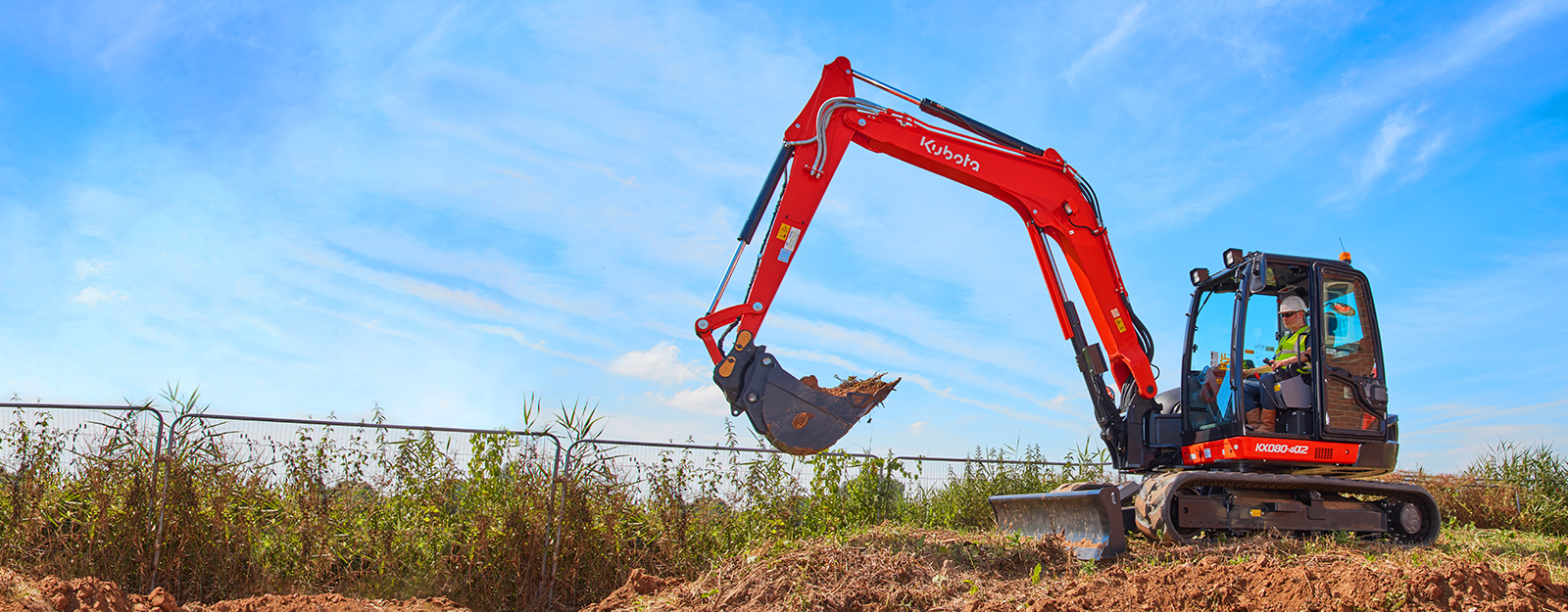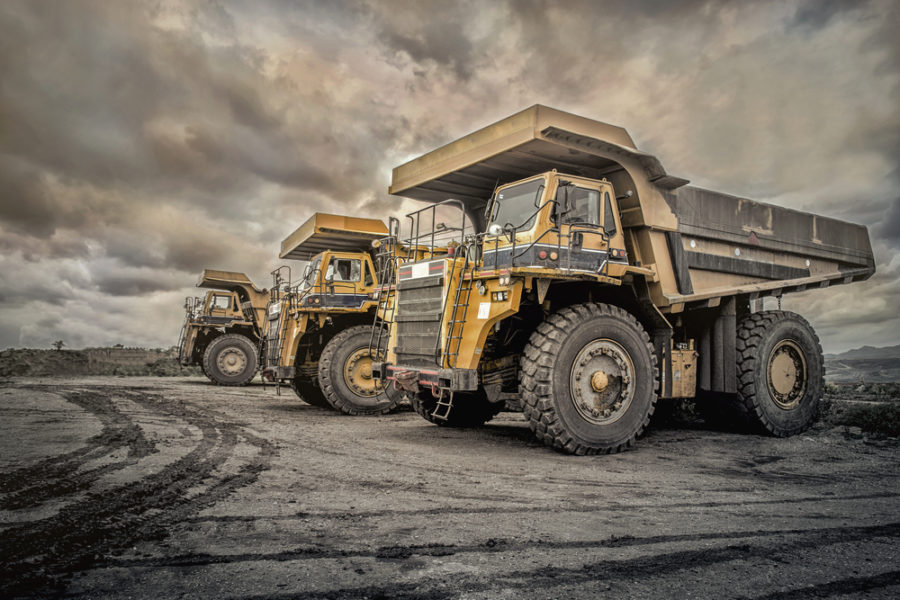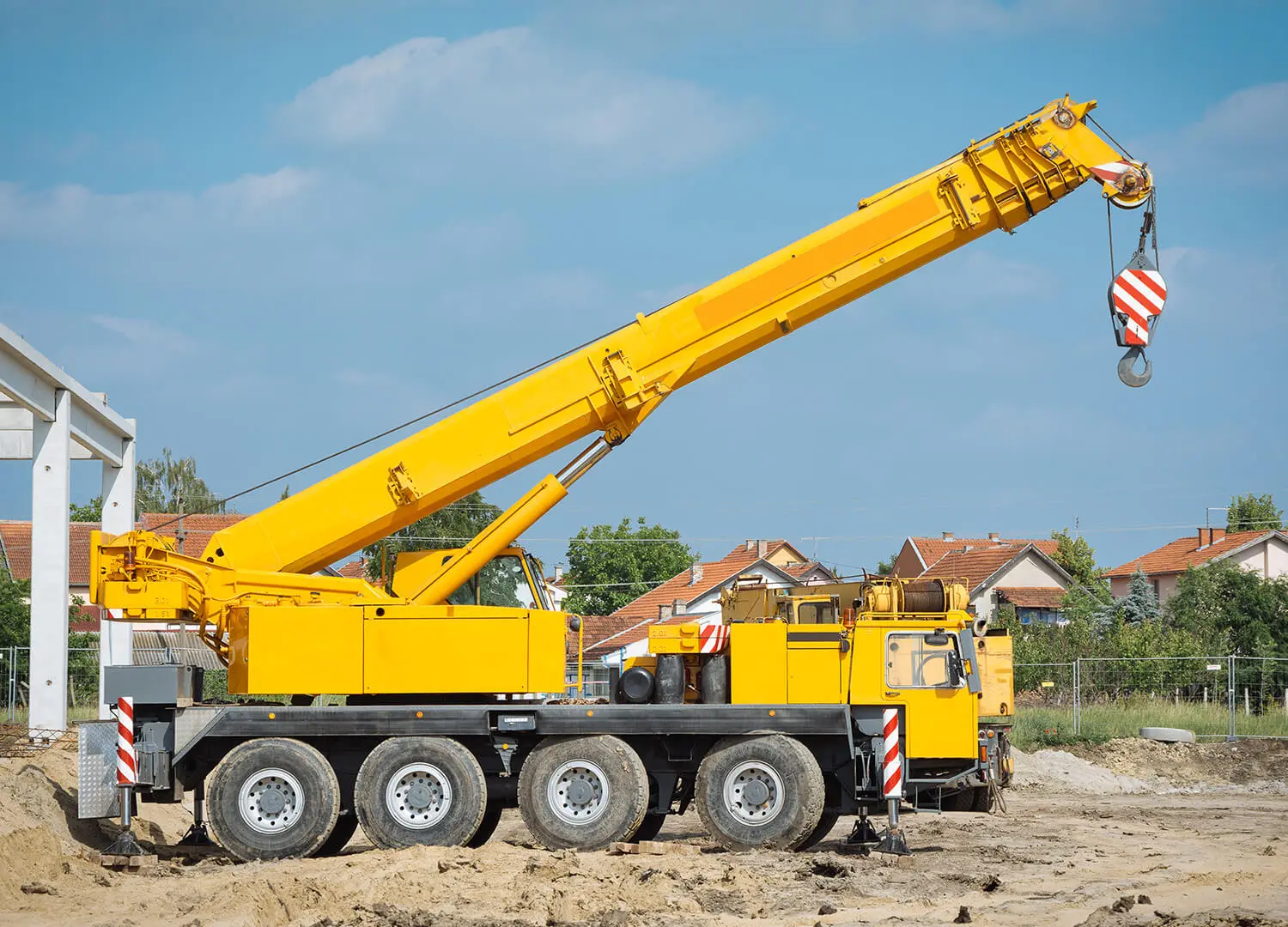Boom Lift Rental: Get To New Heights Safely
Boom Lift Rental: Get To New Heights Safely
Blog Article
Renting Vs. Buying Building And Construction Devices: Making the Right Choice for Your Task
When embarking on a building task, one of the critical choices that predict stakeholders and managers deal with is whether to rent or get construction equipment. The choice pivots on numerous aspects such as cost factors to consider, job duration, equipment maintenance, versatility, threat, and scalability management.
Price Considerations
When assessing the financial element of buying versus leasing construction equipment, the in advance expenses and lasting expenditures must be meticulously taken into consideration. Leasing devices commonly requires lower first repayments contrasted to acquiring, making it an appealing option for short-term tasks or service providers with budget constraints. Renting out eliminates the need for big resources investments and reduces the financial risk connected with devices ownership, such as maintenance and devaluation costs. Nevertheless, over time, consistently renting out equipment can build up greater prices than purchasing, particularly for prolonged projects.
On the other hand, getting building and construction equipment includes greater ahead of time prices but can lead to long-lasting financial savings, particularly for constant customers or long-lasting projects. Having equipment gives flexibility, convenience, and the capacity for resale worth once the project is completed. In addition, owning tools permits modification and familiarity with details machinery, possibly enhancing performance and performance on-site. Ultimately, the choice in between buying and renting out construction tools depends upon the task's duration, regularity of usage, budget plan considerations, and long-lasting monetary goals.
Task Period

Alternatively, for long-lasting projects or recurring building work, purchasing equipment can be the a lot more economical choice. Acquiring equipment can result in cost savings in the lengthy run, specifically if the devices will certainly be frequently used. In addition, owning equipment gives a sense of control over its availability and enables modification to fit certain job needs.

Tools Maintenance
Offered the critical role task period plays in figuring out the most economical approach between buying and leasing construction devices, the emphasis now moves towards analyzing the necessary facet of equipment maintenance. On the various other hand, owning equipment requires a proactive technique to upkeep to prevent break downs, guarantee safety, and prolong the tools's life-span. Eventually, a properly maintained construction devices fleet, whether leased or had, is essential for the effective and efficient completion of building projects.
Flexibility and Scalability
In the world of building and construction tools monitoring, the element of adaptability and scalability holds considerable value for job efficiency and resource use. Opting to rent out construction tools provides a high level of adaptability as it allows for the quick change of equipment types and amounts based on the developing requirements of a task.
Furthermore, scalability, an additional important variable, is inherently connected to flexibility. Renting building Click This Link tools provides the advantage of quickly scaling procedures up or down as task demands vary. Professionals can promptly exchange or add check these guys out devices to match the task's altering demands without the restrictions of having assets that may become underutilized or outdated. This capacity to scale sources efficiently can lead to cost savings and enhanced job timelines, making renting out a favorable choice for projects requiring flexibility and responsive resource allocation.
Risk Administration
Efficient danger management in construction tools operations is extremely important to ensuring task success and mitigating potential financial losses. Building tasks naturally involve numerous risks, such as devices failures, crashes, and job hold-ups, which can dramatically influence the task timeline and spending plan. By very carefully taking into consideration the threats linked with owning or leasing building and construction devices, project managers can make enlightened choices to decrease these prospective dangers.
Leasing building and construction tools can supply a degree of danger reduction by moving the duty of maintenance and repairs to the rental company. This can minimize the monetary problem on the project owner in instance of unexpected tools failings (heavy equipment rental). In addition, leasing gives the flexibility to gain access to specialized equipment for certain job phases, lowering the danger of having underutilized equipment
On the other hand, having building tools offers a feeling of control over its usage and maintenance. Nevertheless, this also suggests birthing the complete responsibility for repair work, upkeep costs, and devaluation, increasing the economic threats related to tools possession. Careful danger assessment and factor view it to consider of aspects such as project period, devices utilization, and maintenance requirements are vital in determining the most suitable alternative for efficient danger management in building and construction projects.
Conclusion
Finally, when choosing between renting and buying building tools, it is essential to think about price, project duration, devices upkeep, adaptability, risk, and scalability monitoring. Each aspect plays a vital duty in identifying one of the most suitable choice for the project available. By very carefully assessing these facets, job managers can make an enlightened choice that aligns with their budget, timeline, and general task objectives.

Report this page